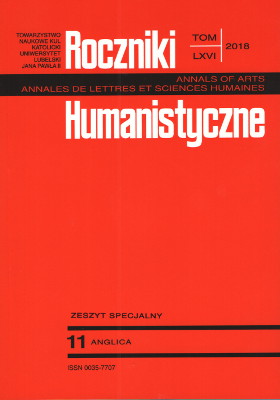A Strange New Harmony: A Posthumanist Utopia in J. G. Ballard’s Crystal World
A Strange New Harmony: A Posthumanist Utopia in J. G. Ballard’s Crystal World
Author(s): Barbara KlonowskaSubject(s): Language and Literature Studies, Studies of Literature, Other Language Literature
Published by: Towarzystwo Naukowe KUL & Katolicki Uniwersytet Lubelski Jana Pawła II
Keywords: nature; new harmony; post-humanism; utopia; J.G. Ballard
Summary/Abstract: J.G. Ballard’s novel The Crystal World (1966) has been commonly read as a futuristic vision of an apocalypse—a dystopian ending of the human and biological universe precipitated by an unknown and lethal virus that causes climate disturbances and the ensuing crystallisation and freezing of biological life. Read over fifty years after its original publication, the novel seems increasingly less fantastic—given the evident climate change—and, perhaps paradoxically, less apocalyptic. The article analyses Ballard’s novel as an example of posthumanist reflection, arguing that the changes it describes may be interpreted as less of an apocalypse and more of a strange new harmony emerging without the decision or influence of man. The resulting new configuration of power unites human beings with nature and establishes a radically different model of relations between man and universe which may be labelled as a posthumanist utopia.
Journal: Roczniki Humanistyczne
- Issue Year: 66/2018
- Issue No: 11S
- Page Range: 73-85
- Page Count: 13
- Language: English

